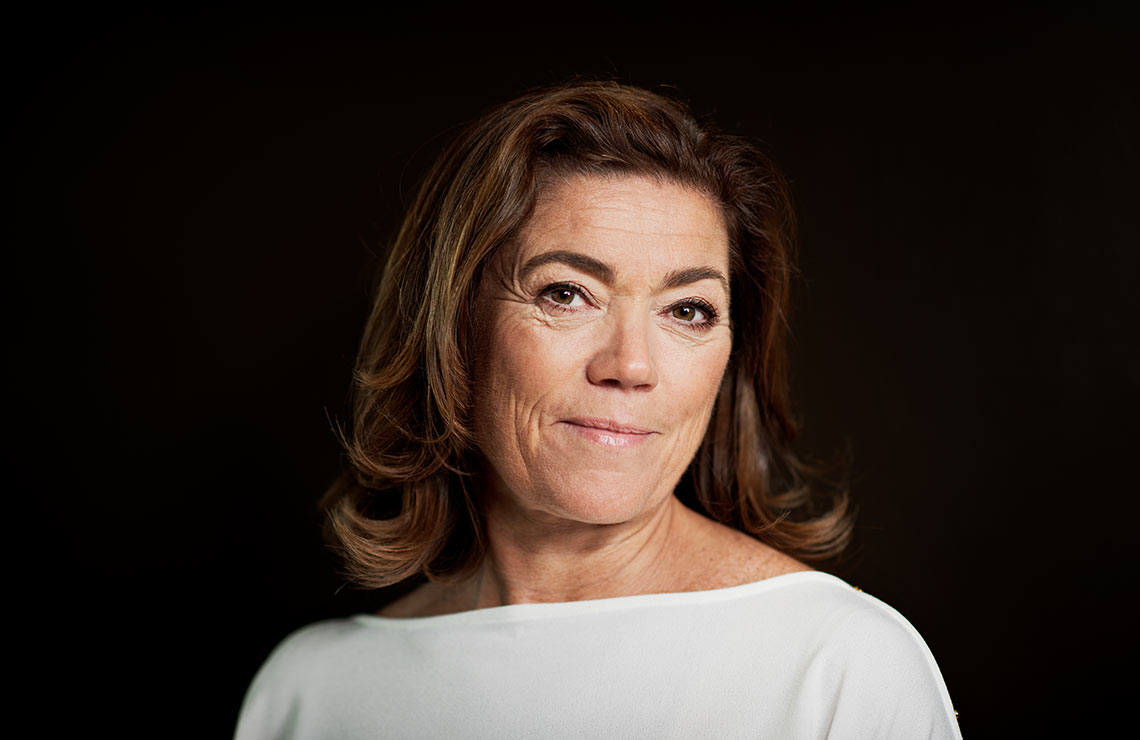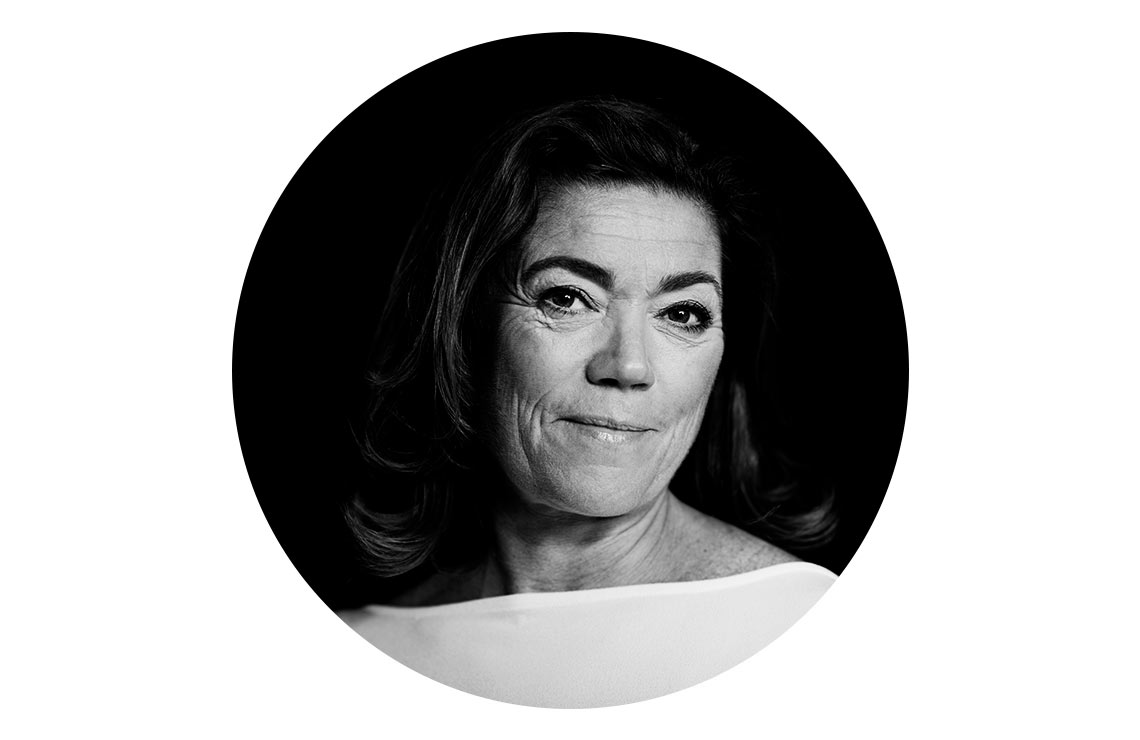
Rough seas are an opportunity
When I wrote the introduction to last year’s Future Report, the world looked quite different. Back then, we were seeing the last of the pandemic (or at least we thought so), global arkets and supply chains were picking up pace, and I believe that most of us were expecting clearer, bluer skies ahead.
Now, twelve months later, the clouds have truly gathered above us. Russia has invaded Ukraine, causing unimaginable human suffering, as well as a global energy, food and commodity supply crisis. The pandemic lingers both in terms of public health hazards and in terms of global supply chain problems. And as a result of it all, prices and interest rates are up, while consumer and investor confidence is down, across most markets and societies.
These developments have naturally led to some serious consequences that impact people’s lives. But when looking at these consequences through the lens of the Future Report, it begs the question: how do we best cope with these developments in the world of tech, innovation and business?
I believe that the most important thing we can do is to recognise the differences between cyclical and structural changes. Think of it as the difference between a storm and climate change. A storm will pass, while climate change is a lasting and fundamental form of change.
Many of the changes we’ve seen over the past twelve months are passing storms. They are powerful because there are many forces pulling in the same direction. We went straight from pandemic to war. We have a highly unstable geopolitical and macroeconomic situation. And there are numerous value chains that haven’t been working properly for two to three years running. However, while many will find it tough to navigate through these storms, they won’t change how we operate long-term in any fundamental way.
Even if you have to adapt and prepare for a passing storm, it is much more important in the long-run to adapt and prepare for climate change.
Digital transformation, on the other hand, is a lasting and structural change. That’s where you find the climate change in our line of business, if you will, because it forces us to come up with fundamentally new ways of working, doing business, innovating and making an impact.
Right now, most businesses are trying to figure out how to navigate seas that are made rougher by both passing storms and climate change at the same time. What’s important is the ability to tell the two apart. Even if you have to adapt and prepare for a passing storm, it is much more important in the long-run to adapt and prepare for climate change.
And once you have a clear idea about short- and long-term changes, you should also have clear ideas about short-term plans and long-term ambitions – and how the two are connected. Or to put it plainly, when making tough decisions for short-term, you need to make sure to keep an eye on what’s important for you long-term. Otherwise, you will make the wrong decisions.
In Schibsted, we have always tried to view rough seas as an opportunity, whether made rougher due to passing storms, climate change, or both. Because the thing about rough seas is that so long as you have a good ship, are well-prepared, have all hands on-deck, and truly know how to navigate – rough seas are an opportunity for speed, distance and discovery.

Kristin Skogen Lund
CEO
Years in Schibsted: 4 as CEO and 6 as Commercial Director and CEO of Aftenposten 2004–2010